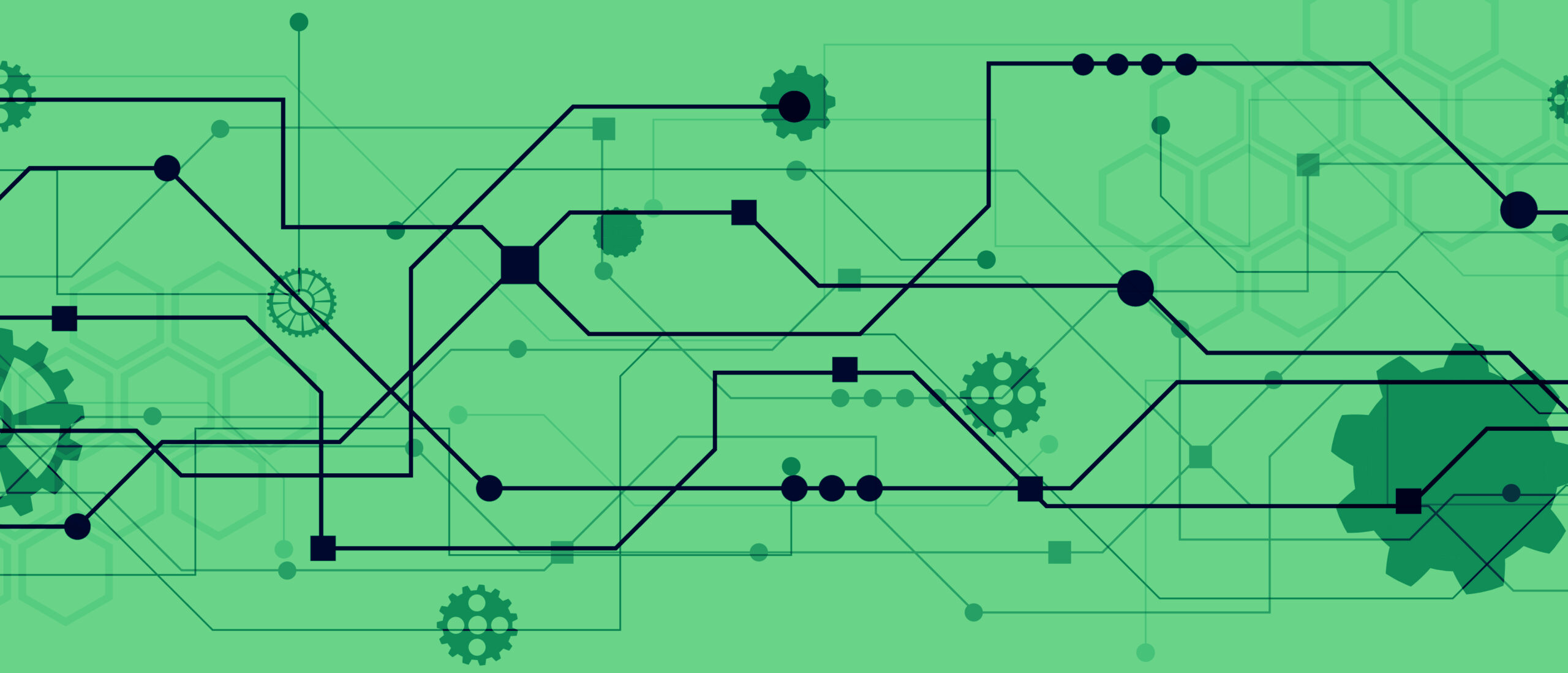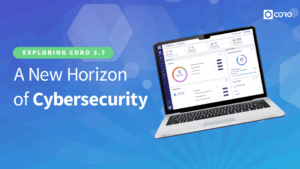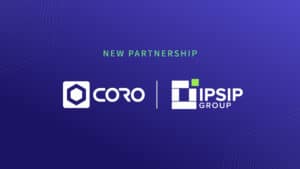The NIST Cybersecurity Framework (CSF) is a voluntary, non-prescriptive cybersecurity framework that has been developed by the National Institute of Standards and Technology (NIST) to help organizations of all sizes and sectors manage and reduce their cybersecurity risks, from small schools and mom-and-pop shops to large and sophisticated organizations.
The framework stayed the same for the past ten years… until now.
First released in 2014, the updated NIST CSF 2.0—published on Feb. 26, 2024—represents a significant progression. The goal is to provide a more comprehensive and adaptable framework for organizations of all sizes and sectors to manage their cybersecurity risks effectively in the ever-evolving threat landscape.
One of the ways the framework does that is by acting as a common language for communicating with various stakeholders. By employing the NIST CSF framework, organizations can help build trust with their clients.
A draft version of the updated framework had been released in 2023, but since then, NIST collected feedback from cybersecurity professionals and others around the world. The new, updated version has incorporated input from those observations and conversations.
This blog post can give you a quick feel for some of the changes, but be sure to check out the full version.
New features and updates in NIST CSF 2.0
The cyber threat landscape constantly evolves with new technologies, emerging threats, and changing tactics used by savvy attackers. In addition, NIST actively gathers feedback from stakeholders, including industry experts, government agencies, and the public. This feedback helps them identify areas for improvement and tailor the framework to better serve its users, which is why the framework and its scope was extended.
Here are a few key updates:
1. Expanded scope
The expansion of the CSF’s scope in version 2.0 signifies a pivotal shift towards inclusivity in cybersecurity management. Unlike its predecessor, NIST CSF 2.0 explicitly aims to assist all organizations, regardless of their industry sector or size, not just those in critical infrastructure.
This broader perspective acknowledges the growing cyber threats faced by businesses of all sizes and sectors and the need for more comprehensive risk management practices across diverse sectors.
By including entities ranging from small businesses to large corporations, schools, nonprofits, and government agencies, CSF 2.0 democratizes access to cybersecurity best practices and ensures that organizations of all backgrounds can effectively safeguard their digital assets and sensitive information.
2. Emphasis on governance
Recognizing the crucial role of leadership in managing cybersecurity risks, NIST CSF 2.0 places a stronger emphasis on governance within the cybersecurity framework. Governance, in this context, refers to the strategic decision-making processes through which organizations formulate and execute cybersecurity strategies. This includes aspects like ensuring the organization’s cybersecurity strategy aligns with its overall business goals, and that appropriate resources and management oversight are allocated for cybersecurity efforts.
By integrating cybersecurity considerations into broader governance frameworks, CSF 2.0 empowers senior leaders to prioritize cybersecurity as a fundamental enterprise risk, alongside their equally important financial, operational, and reputational concerns. By ensuring that cybersecurity and cybersecurity initiatives are aligned with the company’s goals, leaders can ensure that they will receive the necessary support and resources from top management, fostering a culture of proactive risk management and cyber resilience.
3. Tailored pathways
Recognizing the diverse needs and experiences of users, CSF 2.0 offers tailored pathways into the framework to streamline the implementation process. These pathways are designed to cater to specific user groups, including small businesses, enterprise risk managers, and organizations seeking to secure their supply chains.
By providing customized guidance and resources, such as quick-start guides and implementation examples, CSF 2.0 empowers users to use the framework with confidence, regardless of their cybersecurity maturity level or technical expertise. These tailored pathways not only accelerate the adoption of cybersecurity best practices but will also ensure that organizations can effectively address their unique cybersecurity challenges and priorities.
4. Comprehensive guidance
Building upon the foundational principles of the original framework, CSF 2.0 introduces the Govern function as a new addition to the framework’s core guidance. This function complements the existing functions of Identify, Protect, Detect, Respond, and Recover, providing organizations with a comprehensive framework for managing cybersecurity risks throughout the entire lifecycle.
This way, CSF 2.0 enables organizations to make informed decisions, allocate resources effectively, and continuously monitor and improve their cybersecurity posture. As previously said, a more holistic approach ensures that cybersecurity initiatives are integrated into the broader organizational strategy and enjoys the same resources as other initiatives.
5. User-friendly resources
CSF 2.0 offers a suite of user-friendly resources designed to facilitate the implementation and adoption of the framework, including success stories highlighting real-world implementations, quick-start guides tailored to specific user groups, and a searchable catalog of informative references.
The success stories provide practical insights and lessons learned from organizations that have successfully implemented the framework, offering valuable guidance and inspiration to other users.
The quick-start guides offer step-by-step instructions and best practices for implementing cybersecurity measures, tailored to the specific needs and priorities of different user groups.
The CSF 2.0 Reference tool’s searchable catalog of references allows organizations to cross-reference the framework’s guidance with over 50 other cybersecurity documents, which simplifies integration with existing practices and standards. Companies can browse, search, and export data and details from the core guidance in user-friendly formats.
6. Enhanced accessibility
Recognizing the global relevance of cybersecurity, NIST has prioritized accessibility by providing translations of CSF 2.0 into multiple languages. The initiative ensures that organizations worldwide can leverage the framework to bolster their cybersecurity defenses and mitigate risks effectively. By making the framework accessible to a broader audience, NIST hopes to foster international collaboration and knowledge-sharing in cybersecurity, ultimately enhancing global cybersecurity resilience and preparedness.
7. Collaboration and feedback
By fostering a culture of collaboration and knowledge-sharing, NIST benefits from the collective expertise and experiences of stakeholders to refine and expand the framework’s capabilities.
Organizations are encouraged to share examples of successful implementations, lessons learned, and innovative approaches to cybersecurity risk management. This collaborative approach not only enriches the framework’s resources but also empowers organizations to learn from each other’s successes and challenges, driving continuous innovation and improvement in cybersecurity practices.
Tips for implementing version 2.0
Whether you are implementing a cybersecurity framework for the first time, or adapting your existing policies to reflect the changes in NIST CSF 2.0, here’s where you can start:
Understand your company’s needs
Before going straight to implementation, take the time to thoroughly assess your organization’s cybersecurity needs, priorities, and goals. This means conducting a comprehensive risk assessment to identify potential threats, vulnerabilities, and areas of weakness – either on your own, or with a cybersecurity company. The assessment will help you understand the risks so that you can prioritize cybersecurity initiatives and allocate resources where they will have the biggest impact.
Engage senior leadership
Get buy-in and support from senior leadership to ensure that cybersecurity is prioritized as a strategic business risk. Clearly communicate the benefits and importance of implementing the CSF 2.0 and explain its role in protecting the organization’s assets, reputation, and stakeholders. Engage your senior leadership in governance processes so that informed decisions can be made and resources allocated for cybersecurity initiatives.
Tailor the framework to tour organization
NIST CSF was created so that any business – big or small – can adapt it to their requirements, risks, and industry. Make sure to tailor the framework’s functions, categories, and subcategories to address your unique cybersecurity challenges and priorities. Avoid the one-size-fits-all approach for the biggest impact.
Establish clear roles and responsibilities
Define clear roles and responsibilities for cybersecurity within your organization – there needs to be accountability for implementation and maintenance across the board. Once
relevant stakeholders are empowered to fulfill their respective roles, foster a culture of collaboration and shared responsibility, encouraging all employees to contribute to cybersecurity efforts and adhere to established policies and procedures.
Leverage available resources
Take advantage of the resources and tools provided by NIST to implement CSF 2.0. Use the framework’s quick-start guides, success stories, and searchable catalog of references to streamline the implementation process and gain insights from real-world implementations. If you feel it’s needed, get your cybersecurity vendor or partners involved to boost your skills and knowledge and fill the gaps.
Prioritize continuous improvement
Cybersecurity is an ongoing process rather than a one-time initiative. Establish mechanisms for continuous monitoring, evaluation, and improvement of your organization’s cybersecurity posture. Regularly review and update your cybersecurity policies, procedures, and controls to adapt to evolving threats and changes in the business environment. Encourage a culture of learning and adaptability and learn from and all incidents to help you make better decisions in the future.
Foster collaboration and information sharing
The NIST Cybersecurity Framework has always emphasized the importance of collaboration and collective learning – and 2.0 only reiterates that point. Take time to engage with the broader cybersecurity community as well as peers in your industry (e.g. schools, small businesses, hospitals) to stay informed about emerging threats and trends. Try to establish information-sharing protocols to improve preparedness across the boards.
Looking ahead
The NIST Cybersecurity Framework hasn’t changed so much as broadened its scope. This means that more businesses can benefit from it, including smaller businesses, schools and other institutions that may not have the resources or expertise that larger enterprises have.
Take advantage of the update and step up your cybersecurity game with Coro. It’s more important than ever before.

















